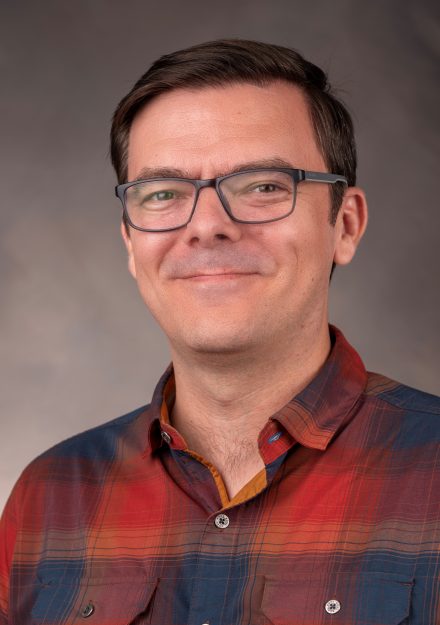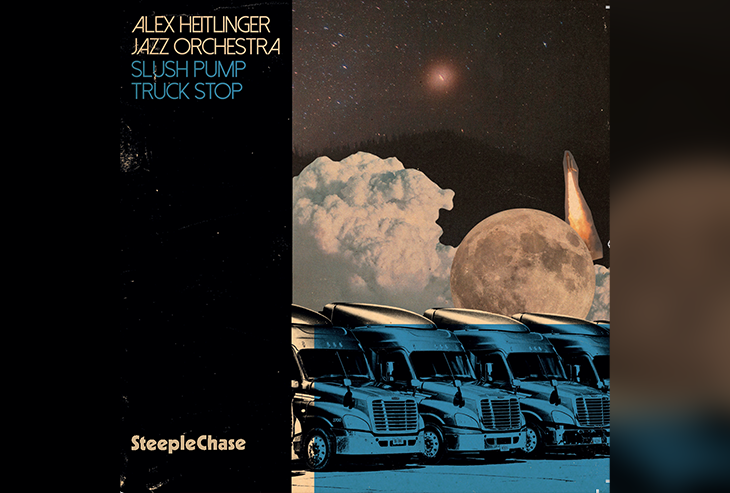“Slush Pump Truck Stop” was released Feb. 23 on SteepleChase Records.
Weaving together different ideas, feelings and musical arrangements, Alex Heitlinger — assistant professor of music and director of Elon’s Jazz Studies program — released his third studio album last month.
“Slush Pump Truck Stop” was released by SteepleChase Records on Feb. 23. It and Heitlinger’s previous albums can be streamed on all major music streaming platforms, including Apple Music, Amazon Music, and Spotify.

“Slush Pump Truck Stop” was recorded in 2019 and features Heitlinger’s largest ensemble, including trumpeter Greg Gisbert, pianist Carmen Staaf, saxophonist Michael Thomas, drummer John Riley and others.
“The album was recorded at a large studio with the entire ensemble performing at once,” Heitlinger says. “As a composer and arranger, that allowed for a wider musical palette of colors and textures and the opportunity to create more powerful sounds than a smaller ensemble can achieve.”
Heitlinger composes his music to be panoramic and imaginative, exploring many variations of what jazz can feel and sound like. “Slush Pump Truck Stop” is a fresh, lively take on jazz and the different musical forms emotions can reveal themselves through, he said.
His inspiration for a large ensemble came from the big bands of the 1930s and 1940s. He feels that big bands serve as a “social outlet where musicians from different backgrounds can get to know each other, often building long-lasting personal and musical relationships.”
While drawing from past works and eras, Heitlinger works to avoid imitation. “This isn’t to say that I don’t borrow techniques or sounds from previous eras,” he said. “I am always attempting to look both forward and backward, creating something that is modern and new while also reinterpreting and reimagining the past.”
When writing, he searches for unique aspects of each piece and how to emphasize them. His arrangements may start with a small musical idea, a concept, a mood, or an image that evolves into a melody.
“Once the melody and the harmony are complete, I will start looking at the larger formal structures, including ways to feature improvising soloists, and thinking about where the ensemble will take center stage,” he said. “Throughout the process, I’ll be considering things like orchestration, counterpoint, rhythmic components, and harmonic strategies.”
“For me, it’s a pretty slow and painstaking process to get each arrangement exactly as I want it, but it’s incredibly rewarding to hear everything come together,” Heitlinger said.



